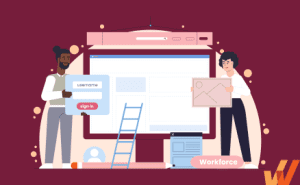Workforce Management, Explained (+Benefits, Challenges, Tools)
- Published:
- Modified: February 15, 2024


Workforce management (WFM) is the foundation in which organizations monitor their people, allocate resources, track HR-related activities, and service their workforce. Effective workforce management focuses on managing internal processes, including their most important asset – the employees. Having high-performing employees empowers organizations to find their true potential, achieve business outcomes, and maximize profitability.
Workforce management enables a productive workforce and drives sustainable performance growth. Workforce management (WFM) is about using your workforce most effectively to optimize productivity and reduce risk.
In this article, we’ll explore the concept of workforce management, its key components, WFM challenges facing enterprises, and best practices for enabling your workforce with contextual and self-service experiences.
What Is Workforce Management?
Workforce Management (WFM) refers to the set of processes and tools that organizations use to optimize the productivity of their employees. It involves forecasting labor requirements, tracking time and attendance, ensuring compliance with labor laws, analyzing workforce data to improve efficiency, etc. The goal of workforce management is to have the right number of staff, with the right skills, in the right places, at the right times, to meet the organization’s needs. WFM is utilized across industries to improve customer satisfaction, reduce labor costs, and enhance operational efficiency.
Key Functions of Workforce Management
The key functions of Workforce Management (WFM) are essential for ensuring operational efficiency, legal compliance, and employee satisfaction within an organization. Here’s a detailed explanation of each function:
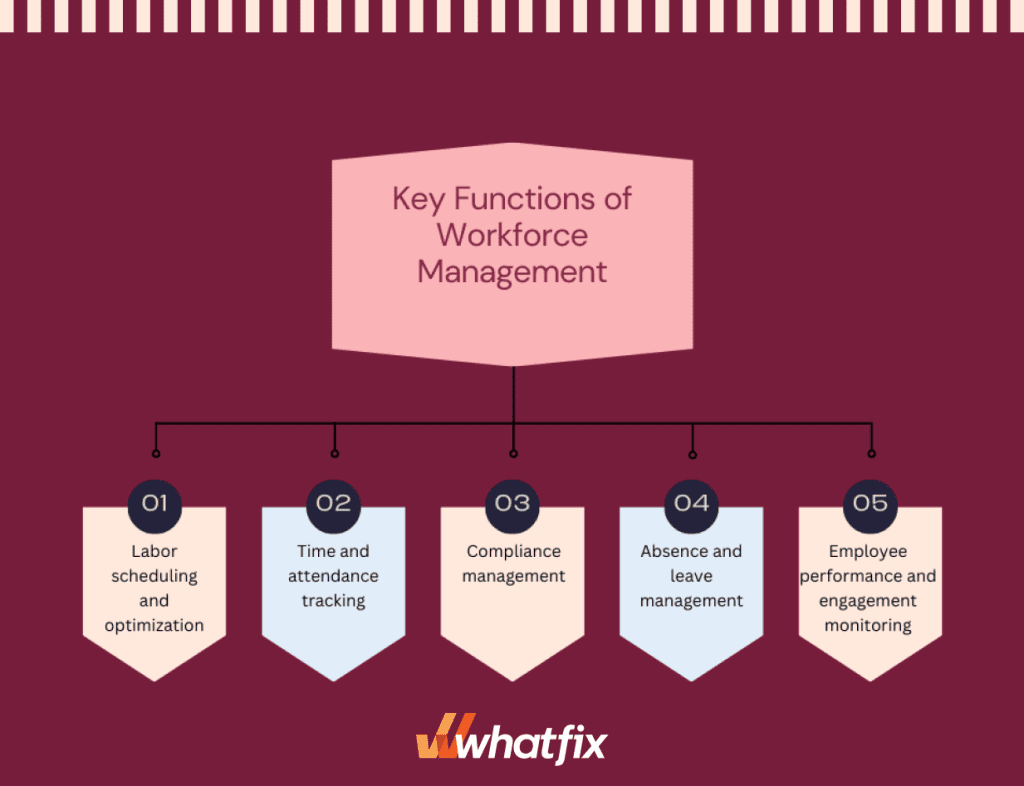
1. Labor scheduling and optimization
Labor scheduling and optimization involves creating work schedules that align with the organization’s labor demands while considering employee preferences, skills, and availability. This function aims to ensure that the right number of employees with the necessary skills are scheduled at the right times to meet customer demand without overstaffing or understaffing. Optimization techniques include forecasting demand using historical data, considering peak times, and applying algorithms to match staffing levels with demand patterns efficiently.
2. Time and attendance tracking
Time and attendance tracking is the process of recording when employees start and stop their work, as well as the times they take breaks or are absent. This function is critical for payroll processing, as it ensures employees are paid accurately for their time worked. It also helps managers monitor attendance patterns, identify issues such as chronic lateness or absenteeism, and ensure that work hours comply with labor laws and company policies.
3. Compliance management
Compliance management ensures that all aspects of workforce management adhere to relevant labor laws, industry regulations, and organizational policies. This includes managing working hours, overtime, breaks, minimum wage requirements, and age restrictions, among other legal considerations. Effective compliance management reduces the risk of legal penalties, lawsuits, and reputational damage, and ensures fair treatment for all employees.
4. Absence and leave management
Absence and leave management entails overseeing and administering employee absences, including planned leaves (such as vacation, personal, or parental leave) and unplanned absences (such as sick leave). This function involves tracking leave balances, approving leave requests, and ensuring that absences are managed and recorded accurately. Proper management helps maintain operational efficiency while supporting employees’ needs and well-being.
5. Employee performance and engagement monitoring
This function focuses on assessing and improving employee performance, satisfaction, and engagement. Performance monitoring involves evaluating employees’ work against set objectives, providing feedback, and identifying areas for development. Engagement monitoring seeks to understand employees’ levels of commitment, motivation, and satisfaction with their work. By monitoring these aspects, organizations can identify opportunities to enhance productivity, reduce turnover, and foster a positive work environment.
Benefits Of Workforce Management
Here are a few benefits of effective workforce management in your organization:
Employee efficiency and productivity
An effective workforce management system reduces manual processes and provides better management of a full array of organizational policies governing time and attendance. With improved visibility into the number of hours worked by employees, availability of workers, and safety incidents, overall workforce efficiency and productivity are enhanced.
Control costs
Overstaffing, excessive overtime, and other costly expenses can be minimized using technology to forecast labor needs. Advanced workforce management solutions provide more visibility into employee availability and budgeted hours, ensuring the accuracy and authenticity of time worked and absences taken, thereby decreasing staffing expenses.
Create a safer workplace
A workforce management system promotes a culture of workforce safety and compliance while effectively managing environmental health and safety incidents.
By streamlining and automating the entire process – from reporting incidents to capturing critical information – workforce management systems ensure that the information is accurate, encourage employees to notify any safety issues, and help prevent future risks.
Employee morale
Workforce management processes help improve employee morale by encouraging better transparency and well-informed manager and employee communications.
Increasing operational agility and productivity
With an automated approach to workforce management, more data and context can be put in managers’ hands to help them with staff positions and needs. Assigning the right people, with the right skills, at the right time, and at the right cost directly supports an organization’s ability to respond to fluctuating production goals without compromising quality.
Challenges of Workforce Management
As a people manager, here are major workforce management challenges that you need to overcome for effective workforce management:
1. Adapting to regulatory changes
Regulatory changes are a constant in the business environment, affecting how organizations manage their workforce in terms of compliance with labor laws, health and safety standards, and industry-specific regulations. The challenge lies in staying informed about these changes and adapting processes and policies promptly to remain compliant. Organizations must foster a culture of agility and continuous learning, ensuring that the HR, people managers, and legal teams are well-equipped to interpret new regulations and implement necessary adjustments efficiently. This requires a proactive approach to regulatory compliance, including regular training for management and staff, and possibly leveraging technology to streamline compliance processes.
2. Managing a diverse workforce
Diversity in the workplace brings a wealth of perspectives, creativity, and innovation. However, it also presents challenges in terms of ensuring inclusivity, equity, and understanding across different cultures, generations, and backgrounds. To effectively manage a diverse workforce, HR leaders must commit to building an inclusive culture that values and respects individual differences. This includes implementing unbiased recruitment and promotion practices, offering diversity and sensitivity training, and ensuring all employees feel heard and valued. Leaders must also be adept at conflict resolution and fostering a collaborative environment where diversity is seen as an asset rather than a challenge.
3. Data security and privacy concerns
In an era where digital technologies play a central role in workforce management, data security and privacy concerns are paramount. Protecting employee information—from personal data to performance records—against unauthorized access and breaches is critical. Robust cybersecurity measures, including secure data storage solutions, encryption, and access controls, must be implemented to protect employee data. Additionally, educating employees about data privacy practices and the importance of protecting sensitive information is essential to creating a secure digital environment.
4. Technology integration
Integrating new technologies into existing workforce management systems can be complex, involving technical, operational, and cultural challenges. The key is to ensure that technology solutions are aligned with the organization’s strategic goals and enhance rather than disrupt existing workflows. This requires thorough planning, evaluation of different technology options, and engagement with stakeholders across the organization to ensure buy-in and support. Successful technology integration also depends on providing adequate training and resources to employees to leverage new tools effectively.
5. Employee onboarding, training, and support
The initial experiences of new employees have a lasting impact on their engagement, productivity, and retention. The challenge lies in creating an engaging, informative, and seamless experience that can adapt to diverse learning styles and evolving job requirements, while also fostering a sense of belonging and commitment to the organization’s goals.
Effective employee onboarding, comprehensive training programs, and ongoing support are critical to ensuring employees feel welcomed, valued, and prepared to contribute to their full potential. This involves not just imparting job-specific knowledge, but also integrating new hires into the company culture and connecting them with mentors and support networks within the organization.
6. Driving workforce technology adoption
Introducing new technologies can encounter resistance from employees who are accustomed to existing processes or skeptical of change. Overcoming this challenge requires a strategic approach to change management, emphasizing clear communication, education, and engagement. Demonstrating the benefits of new technologies in terms of efficiency, ease of use, and personal and organizational gains can help build momentum. Additionally, providing ongoing support and recognizing early adopters as champions help foster a positive environment that encourages technology adoption across the organization.
Strategies for Effective Workforce Management
Effective workforce management (WFM) is essential for optimizing productivity, enhancing employee satisfaction, and ensuring the operational efficiency of an organization. Here are some strategic approaches that can be employed to achieve these objectives:
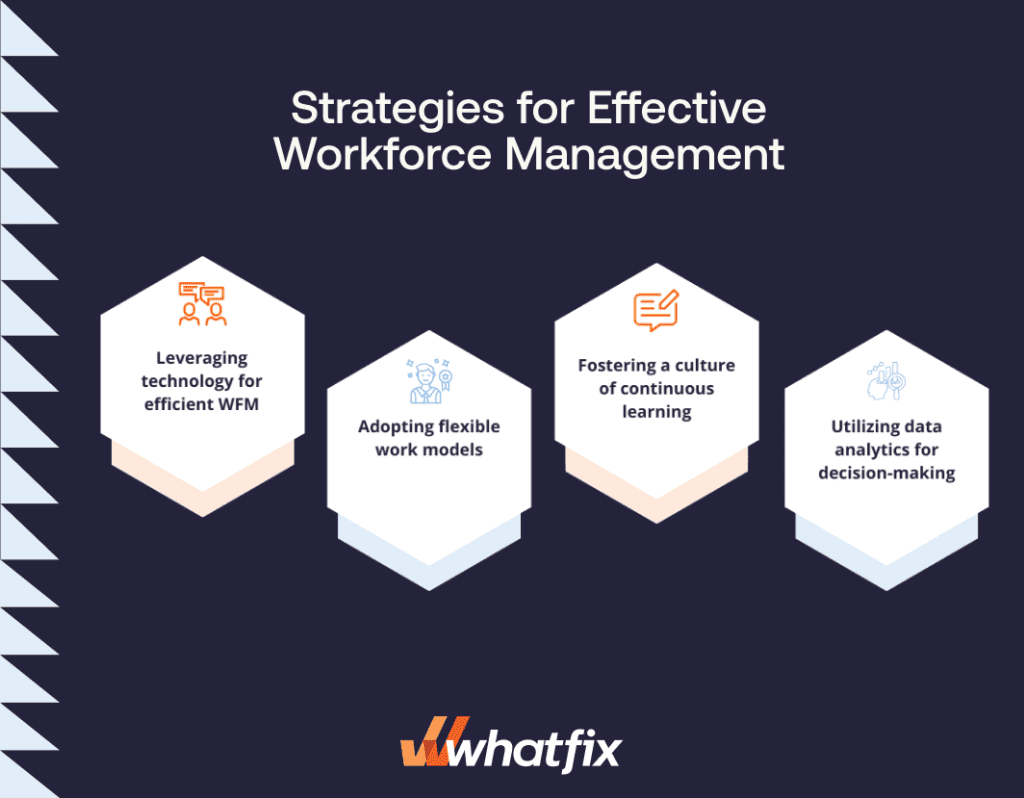
1. Leveraging technology for efficient WFM
Technology plays a pivotal role in modern WFM by automating routine tasks, streamlining processes, and providing insights into workforce dynamics. Tools such as advanced scheduling software, time and attendance systems, and workforce analytics platforms significantly reduce administrative burdens and improve accuracy in workforce planning. For instance, AI-driven forecasting tools can predict staffing needs with high precision, while mobile applications enable real-time communication and flexibility for employees to manage their schedules. By adopting these technologies, organizations can achieve a more agile and responsive workforce management process, leading to increased efficiency and reduced costs.
A digital adoption platform such as Whatfix can support your team throughout the workforce technology adoption process and beyond. Whatfix enables your end-users with:
- Tours, task lists, and flows to provide contextual software onboarding and step-by-step guidance on core workflows.
- Self help to provide end-users with a resource center that aggregates workforce processes, SOPs, training materials, and more into one searchable wiki.
- On-demand support to assist end-users in the moment of need.
- End-user analytics to discover new areas of opportunity, friction, and improvement
Software clicks better with Whatfix's digital adoption platform
Enable your employees with in-app guidance, self-help support, process changes alerts, pop-ups for department announcements, and field validations to improve data accuracy.
2. Adopting flexible work models
Flexible work models, such as remote work, flexible hours, and part-time roles, cater to the diverse needs and preferences of today’s workforce. These models enhance employee satisfaction and work-life balance, which are critical factors in attracting and retaining top talent.
For organizations, the flexibility leads to higher productivity levels, as employees are more motivated and engaged when they have control over their work environment and schedule. Implementing flexible work models requires clear policies, trust in employees, and the right technological infrastructure to support communication, collaboration, and productivity regardless of location.
3. Fostering a culture of continuous learning
In the rapidly changing business landscape, fostering a culture of continuous learning and development is crucial for maintaining a competitive edge. This strategy involves providing employees with ongoing training and development opportunities to upgrade their skills, adapt to new technologies, and take on new challenges. Such a culture encourages innovation, enhances employee engagement, and supports career progression within the organization.
To effectively foster a continuous learning culture, it’s crucial to invest in the right learning platforms. Whatfix digital adoption platform (DAP) provides powerful content creation tools for organizations to create interactive in-app learning experiences such as guided walkthroughs, task lists, smart tips, and more – allowing employees to learn in the flow of work.
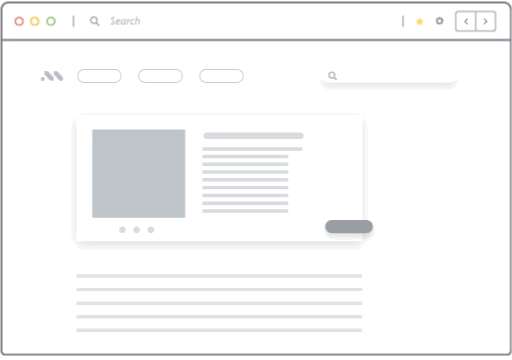
4. Utilizing data analytics for decision-making
Data analytics offers powerful insights into workforce trends, behaviors, and productivity, enabling evidence-based decision-making. By analyzing data on employee performance, engagement, turnover rates, and other key metrics, leaders can identify areas for improvement, forecast future workforce needs, and tailor strategies to address specific challenges.
For instance, data analytics can reveal patterns in employee turnover, helping to pinpoint underlying causes and create retention strategies. Similarly, performance data can guide personalized training and development plans. To leverage data analytics effectively, organizations need to invest in the right tools and skills to collect, analyze, and interpret workforce data, ensuring decisions are informed by accurate and timely information.
5 Best Workforce Management Software
Workforce management software is a digital solution designed to support the day-to-day operations of your HR teams and employees. It helps managers plan, track, and manage every aspect of employee operations, and takes care of the common HR management tasks such as timesheets, labor-management forecasting, performance management, absence management, task management, job scheduling, and more.
Here are some of the top workforce management software to ensure workforce productivity:
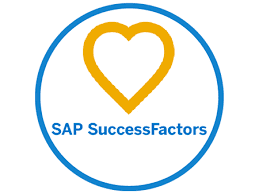
1. SAP SuccessFactors
SuccessFactors HCM Suite delivers a complete set of talent management solutions, as well as robust workforce analytics and planning with a next-generation core HR solution that improves executive insight and decision making. Major features of SAP SuccessFactors include:
- Employee experience management
- Global HRIS solutions for core HR, cloud payroll, time tracking, benefits administration, and HR service delivery
- Integrated software for recruiting, onboarding, performance, compensation, learning, succession, and development
- Data-driven insights for improving strategic workforce planning
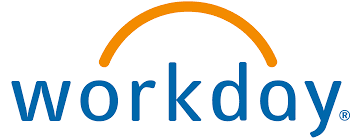
2. Workday HCM
Workday HCM is cloud-based, enterprise-level HCM software that centralizes all operations across HR management, recruiting, compensation, benefits, payroll, and learning into one single platform. Key features of Workday HCM include:
- Automate time-consuming, repetitive tasks
- Provides insights and analytics into the workforce
- Personalized experiences for workers
- AI-driven schedule generation
- Voice-activated time-off requests
- Full view of schedules, time balances, and pay
- Automated approvals and reminders

3. Connecteam
Connecteam’s workforce management software is suitable for companies across different industries such as retail, food and beverage, transportation, construction, and healthcare. It helps boost engagement, increases transparency, gathers measurable feedback, and offers communication features. Key features of Connecteam include:
- Reliable employee time tracking
- Employee scheduling
- Automated workflows
- Task management
- Employee communication
- Customizable mobile training courses



4. NICE
NICE workforce management software helps organizations achieve effective workforce planning, scheduling, and optimization – all in a single, cloud-powered platform. It enables a multi-pronged approach to increase engagement and unlock highly accurate planning. Key features of the NICE platform include:
- Leverages AI to understand complex challenges
- Drives employee engagement with powerful scheduling tools
- Machine learning-based simulation for efficient schedules
- Powerful reforcast and re-simulation
- Intelligent automation and self-scheduling


5. People HR
People HR is a cloud-based platform designed to manage all key HR functions, such as applicant tracking, performance management, and more. Major features include:
- Unlimited document storage
- Applicant tracking module
- Dynamic and interactive performance management system
- High impact reporting
- Expert guidance for making smart HR decisions
Whatfix is pivotal in enabling effective workforce management by facilitating seamless end-user adoption and utilization of WFM software across organizations. By providing interactive, real-time guidance and support directly within the application, Whatfix ensures that all users, regardless of technical proficiency, navigate complex WFM systems efficiently. This not only accelerates the onboarding process for new employees but also enhances the productivity of existing staff by minimizing errors and streamlining workflows.
Moreover, Whatfix’s analytics offer insights into user behavior and software utilization, allowing people managers to identify and address gaps in knowledge or usage. Consequently, Whatfix empowers organizations to fully leverage their WFM software capabilities, leading to optimized workforce planning, improved operational efficiency, and a significant boost in overall organizational performance.
To learn more about Whatfix, click here to schedule a free demo with us today!
Software clicks better with Whatfix's digital adoption platform
Enable your employees with in-app guidance, self-help support, process changes alerts, pop-ups for department announcements, and field validations to improve data accuracy.
Request a demo to see how Whatfix empowers organizations to improve end-user adoption and provide on-demand customer support
Thank you for subscribing!


